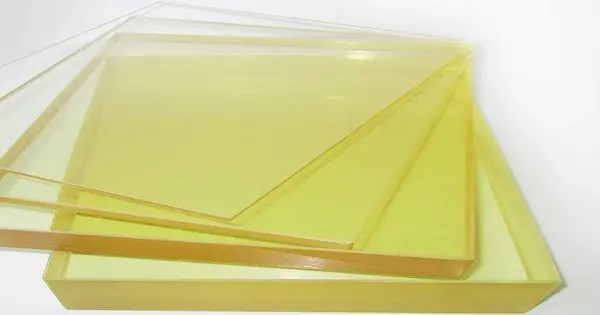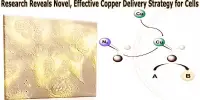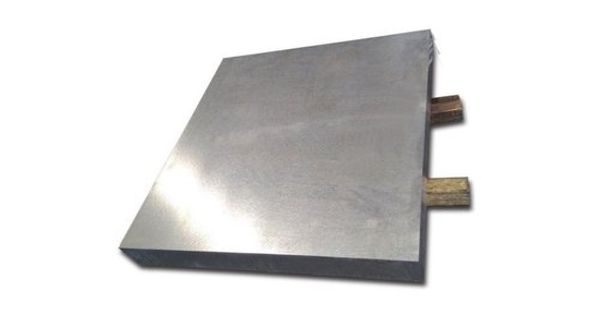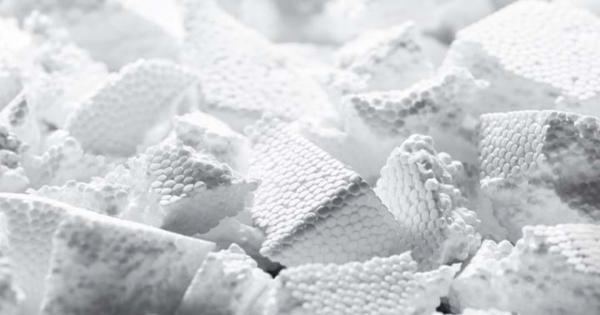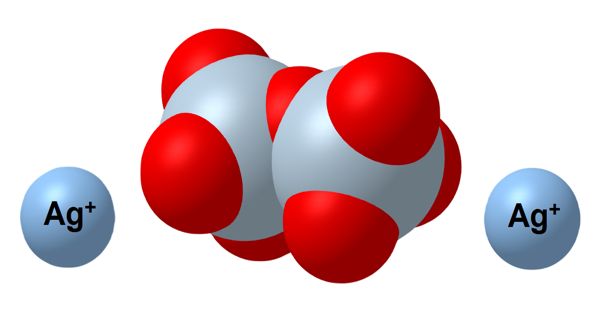Lead glass, commonly called crystal, is a variety of glass in which lead replaces the calcium content of a typical potash glass. It is a type of glass that contains lead oxide (PbO) as a major component, which increases its density and refractive index. This gives lead glass distinctive properties, such as enhanced clarity, brilliance, and weight. It’s often used in the manufacture of decorative glassware, such as crystal glass, fine tableware, and luxury items.
Lead glass contains typically 18–40% (by mass) lead(II) oxide (PbO), while modern lead crystal, historically also known as flint glass due to the original silica source, contains a minimum of 24% PbO. Lead glass is often desirable for a variety of uses due to its clarity. In marketing terms it is often called crystal glass.
The term lead crystal is, technically, not an accurate term to describe lead glass, because glass lacks a crystalline structure and is instead an amorphous solid. The use of the term remains popular for historical and commercial reasons, but is sometimes changed to simply crystal because of lead’s reputation as a toxic substance.
Properties
The addition of lead oxide to glass raises its refractive index and lowers its working temperature and viscosity. The attractive optical properties of lead glass result from the high content of the heavy metal lead. Lead also raises the density of the glass, being over 7 times as dense as calcium. The density of soda glass is 2.4 g/cm3 (1.4 oz/cu in) or below, while typical lead crystal has a density of around 3.1 g/cm3 (1.8 oz/cu in) and high-lead glass can be over 4.0 g/cm3 (2.3 oz/cu in) or even up to 5.9 g/cm3 (3.4 oz/cu in).
- Composition: Lead glass is a type of glass that contains lead oxide (PbO) as a major component, typically in concentrations greater than 20%. This increases its density and refractive index compared to regular glass.
- High Refractive Index: One of the most notable properties of lead glass is its high refractive index, often greater than 2. This gives the glass a brilliant, sparkling appearance, making it highly prized in the production of fine glassware, chandeliers, and decorative items.
- Density: Lead glass has a significantly higher density compared to regular soda-lime glass. This is due to the presence of lead oxide, which makes it feel heavier. This property also makes it more resistant to scratches and breakage, although it is still fragile.
- Optical Clarity: Lead glass tends to have excellent optical clarity and is prized for its transparency and the ability to transmit light without significant distortion.
- Malleability: Lead glass is more malleable compared to other types of glass, which allows it to be easily shaped, etched, and cut. This makes it ideal for intricate designs and decorative applications.
- Coloration: The lead content can give the glass a slightly yellowish tint, especially when exposed to light over time. However, it can be clear or tinted in various colors depending on other ingredients mixed in during its manufacture.
Optical Clarity and Brilliance
Lead oxide increases the refractive index of the glass, meaning it can bend light more effectively. This property makes lead glass especially valued in the creation of high-quality crystal glassware, such as wine glasses and chandeliers, as it sparkles and catches light beautifully.
Lead Crystal
Often, the term “lead crystal” is used to describe high-quality lead glass that contains a significant amount of lead oxide, usually 24% or higher. This composition is what gives lead crystal its signature clarity and sparkle.
Uses
Beyond decorative items, lead glass is also used in scientific applications, particularly in radiation shielding. The high density of lead glass helps absorb and block radiation, which is useful in environments like medical imaging rooms, nuclear facilities, or laboratories.
Health Concerns
While lead glass has many attractive properties, it also comes with health risks. Over time, lead can leach from glassware into food or drink, especially if the glass is old or used improperly. As a result, there have been regulations limiting lead in consumer products, especially those intended for food contact.
